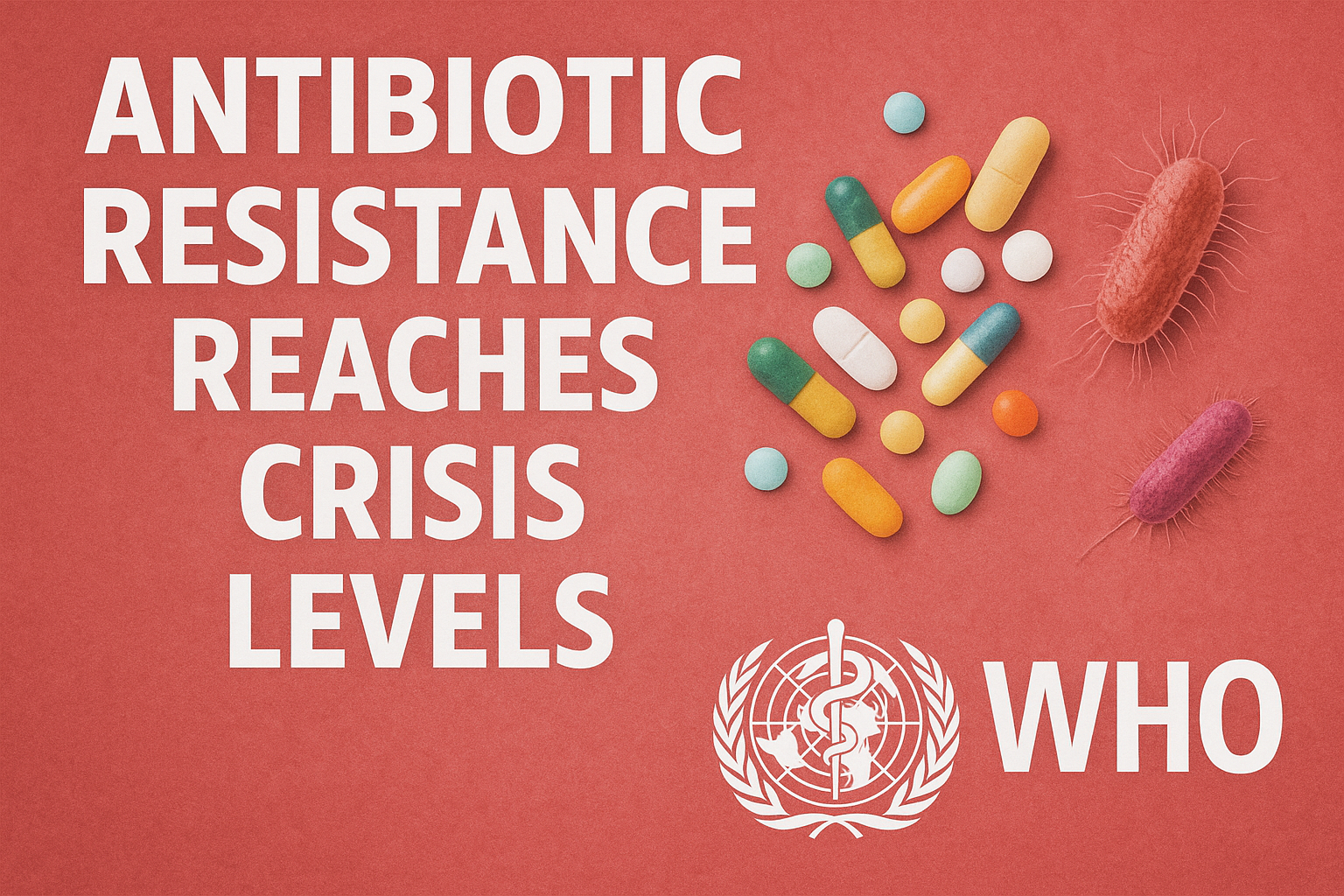
Antibiotic resistance, one of the world’s most alarming medical threats, has reached a critical stage, according to the World Health Organization’s (WHO) 2025 Global Report. The findings paint a disturbing picture: one in six bacterial infections across the globe is now resistant to available treatments. This growing resistance threatens to undo decades of medical progress and could make common infections deadly once again.
WHO gathered data between 2018 and 2023 from more than 80 countries. The report highlights that bacterial resistance to antibiotics has surged worldwide, with some regions showing particularly worrying trends. In South-East Asia and the Eastern Mediterranean, one in five infections is now resistant to treatment. Even more concerning, the African region has reported over 70% resistance in Klebsiella pneumoniae, a bacterium responsible for pneumonia and other severe infections.
New Insights and Global Impact
The report identifies nine major bacterial pathogens responsible for most hospital and community-acquired infections. These include E. coli, K. pneumoniae, Staphylococcus aureus, Acinetobacter spp., Shigella spp., and Neisseria gonorrhoeae. These bacteria cause illnesses such as urinary tract infections, pneumonia, bloodstream infections, and sexually transmitted infections like gonorrhea.
According to WHO estimates, nearly 1.4 million deaths in 2023 were directly linked to bacterial resistance, with another 4.9 million deaths indirectly associated. Annual resistance growth is estimated between 5–15%, showing that the problem is worsening rapidly. Alarmingly, more than 40% of E. coli and K. pneumoniae strains are now resistant to the most widely used antibiotics.
Why Resistance Is Rising
The WHO report points to several causes for this crisis. Overuse and misuse of antibiotics in humans and animals remain the main culprits. In many countries, antibiotics are still available without prescription, leading to uncontrolled consumption. Additionally, their use in livestock for growth promotion contributes significantly to resistance. Inadequate infection control in hospitals and poor sanitation in many regions further accelerate the spread of resistant bacteria.
Gaps in Treatment and Surveillance
While scientific research has advanced, treatment options are shrinking. Some bacteria have become resistant even to last-resort antibiotics such as carbapenems and colistin. New antibiotics are rarely developed because pharmaceutical companies often find them unprofitable.
The WHO also points out that while many countries are part of the Global Antimicrobial Resistance Surveillance System (GLASS), data gaps persist. Nearly 40% of reporting nations lack complete data on antibiotic resistance, limiting effective global response strategies.
Urgent Action Needed
Dr. Tedros Adhanom Ghebreyesus, WHO’s Director-General, warned that “antimicrobial resistance is outpacing advances in modern medicine.” He urged immediate and coordinated global action to strengthen surveillance, promote rational antibiotic use, and ensure equal access to effective medicines. Without intervention, even simple infections could once again become life-threatening.
WHO Recommendations for the Future
To combat this crisis, WHO has proposed several urgent measures:
- Scale up “One Health” strategies—coordinating human, animal, and environmental health sectors.
- Ensure equitable access to quality antibiotics, diagnostics, and vaccines.
- Promote responsible antibiotic use in healthcare and agriculture.
- Invest in new drug development and innovative treatments.
- Set global targets to improve antimicrobial resistance (AMR) data by 2030.
Final Take
Antibiotic resistance is not just a medical issue but a social, economic, and environmental one. The rise of “superbugs” could make surgeries, childbirth, and cancer treatments far more dangerous in the near future. The world stands at a crossroads: take decisive action now to preserve the power of antibiotics or risk returning to an era where even minor infections could claim millions of lives.
The WHO’s warning is clear — antibiotic resistance is a silent pandemic in motion. The time for action is now.


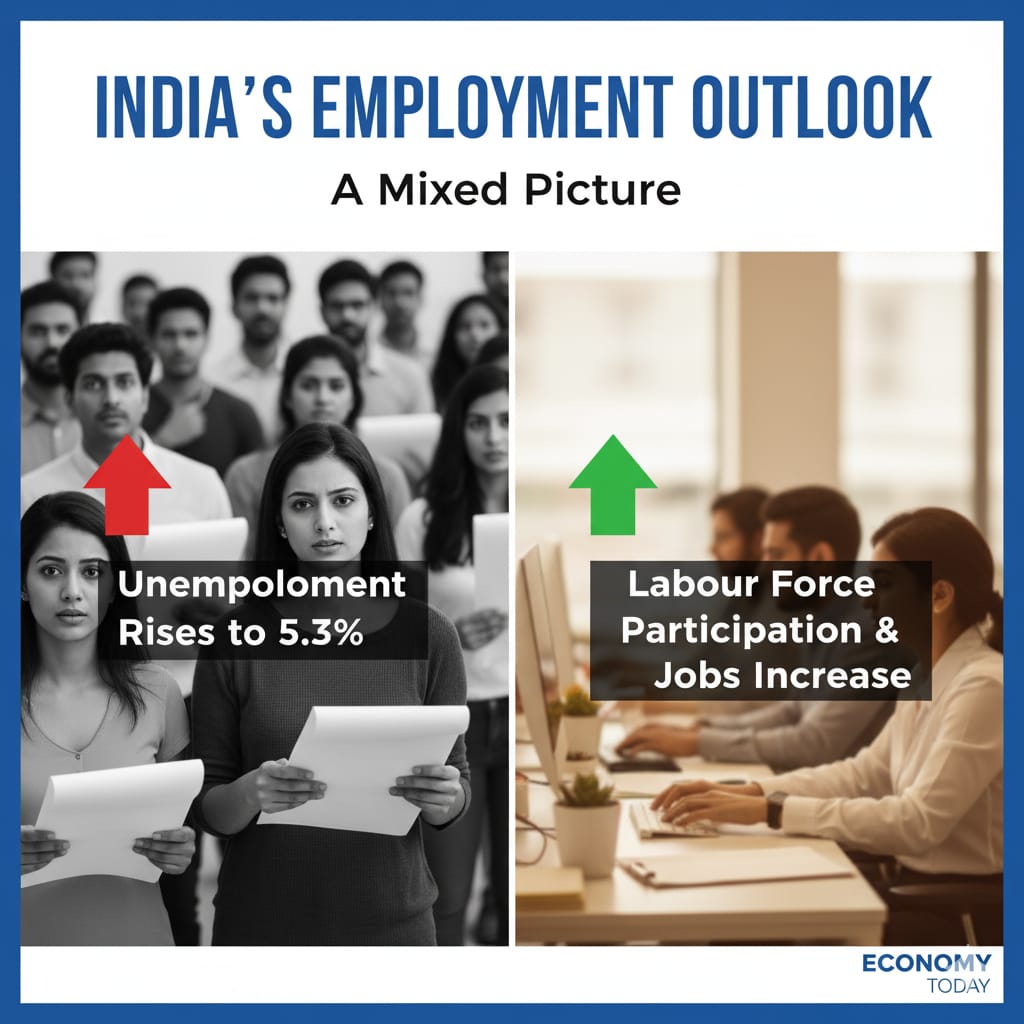


.jpeg)






.jpeg)
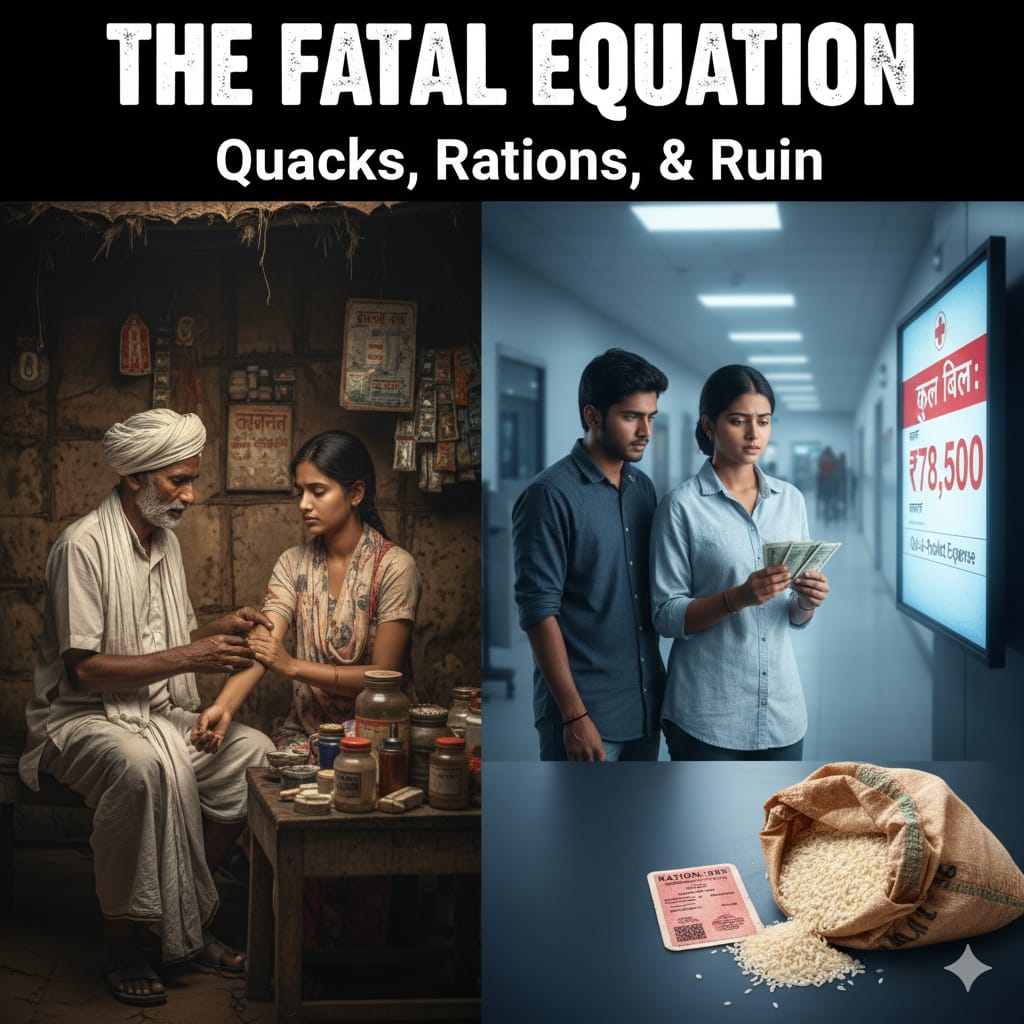
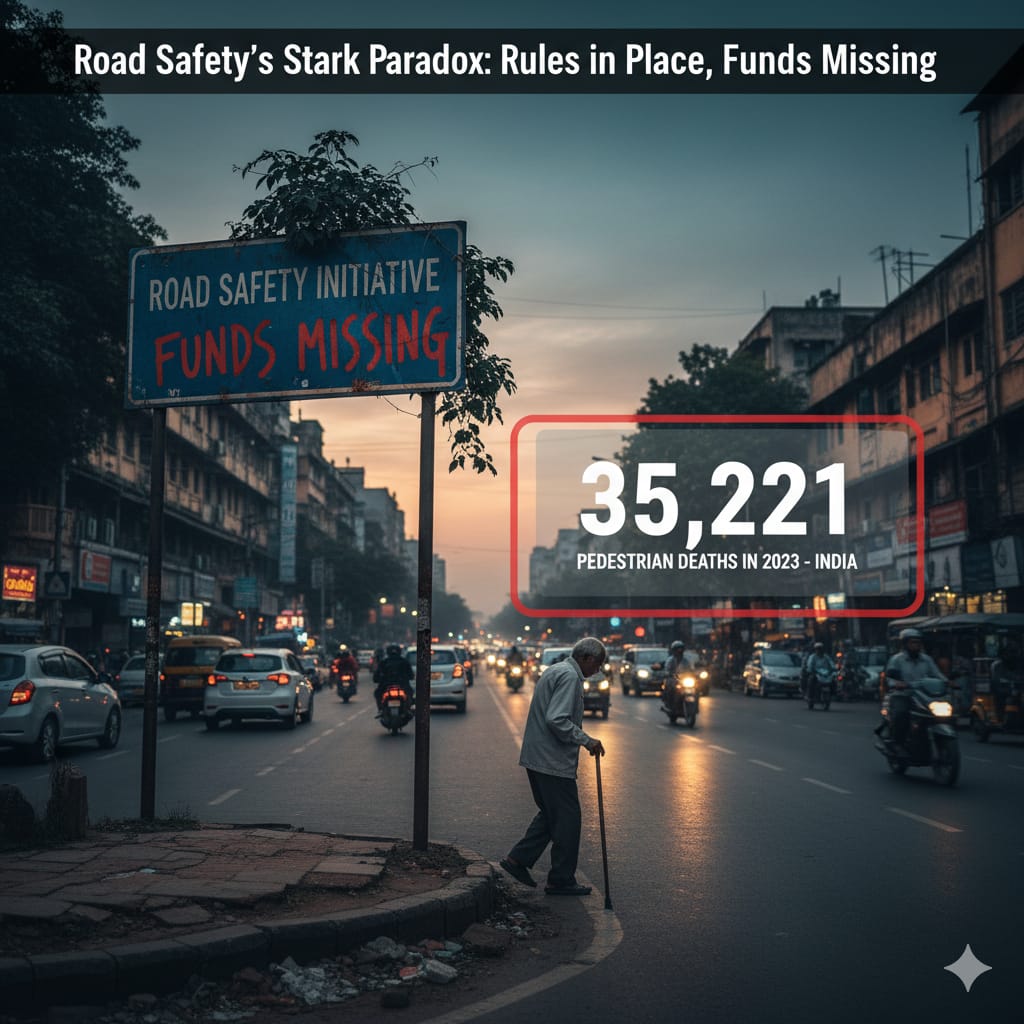
.jpeg)

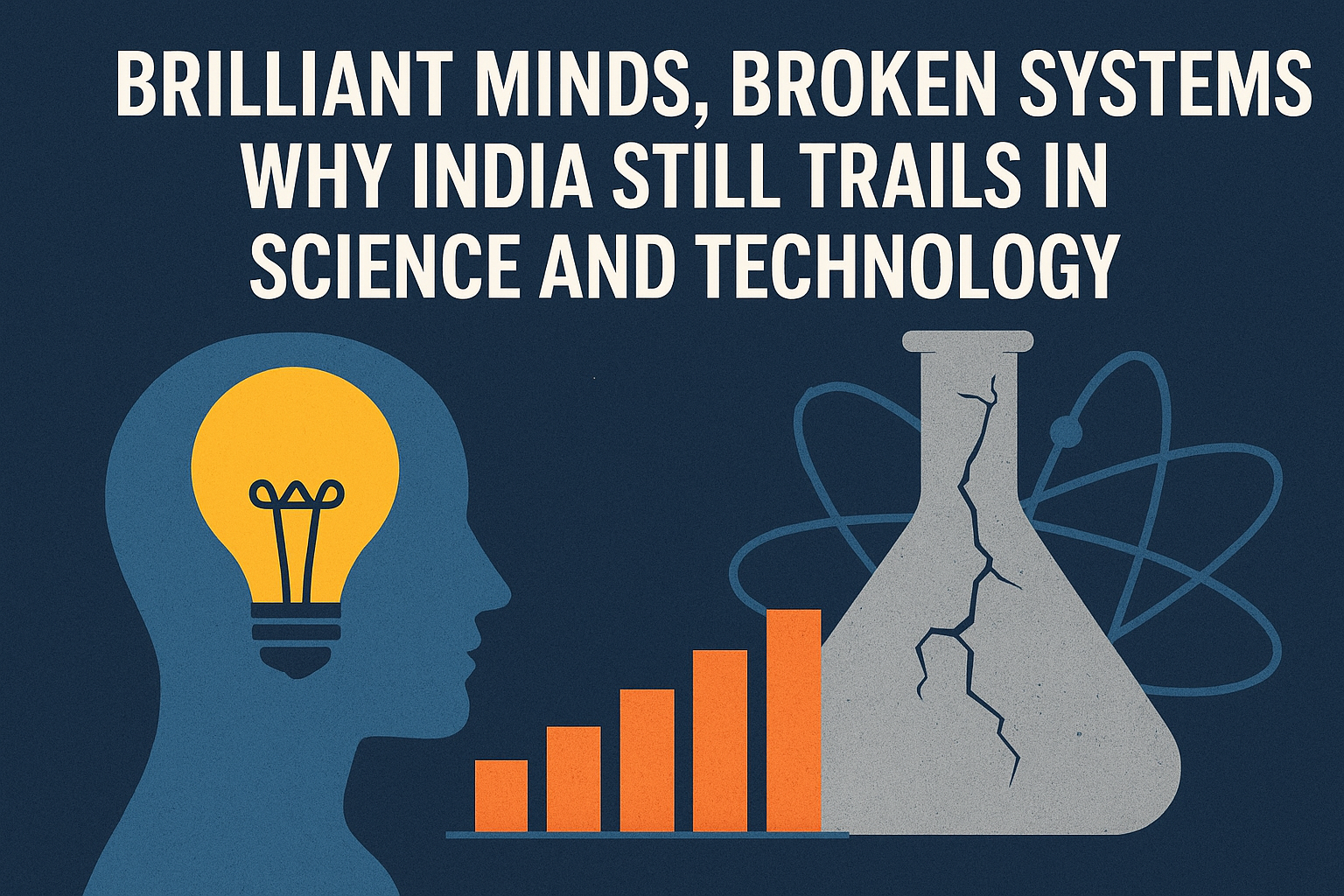


.jpeg)